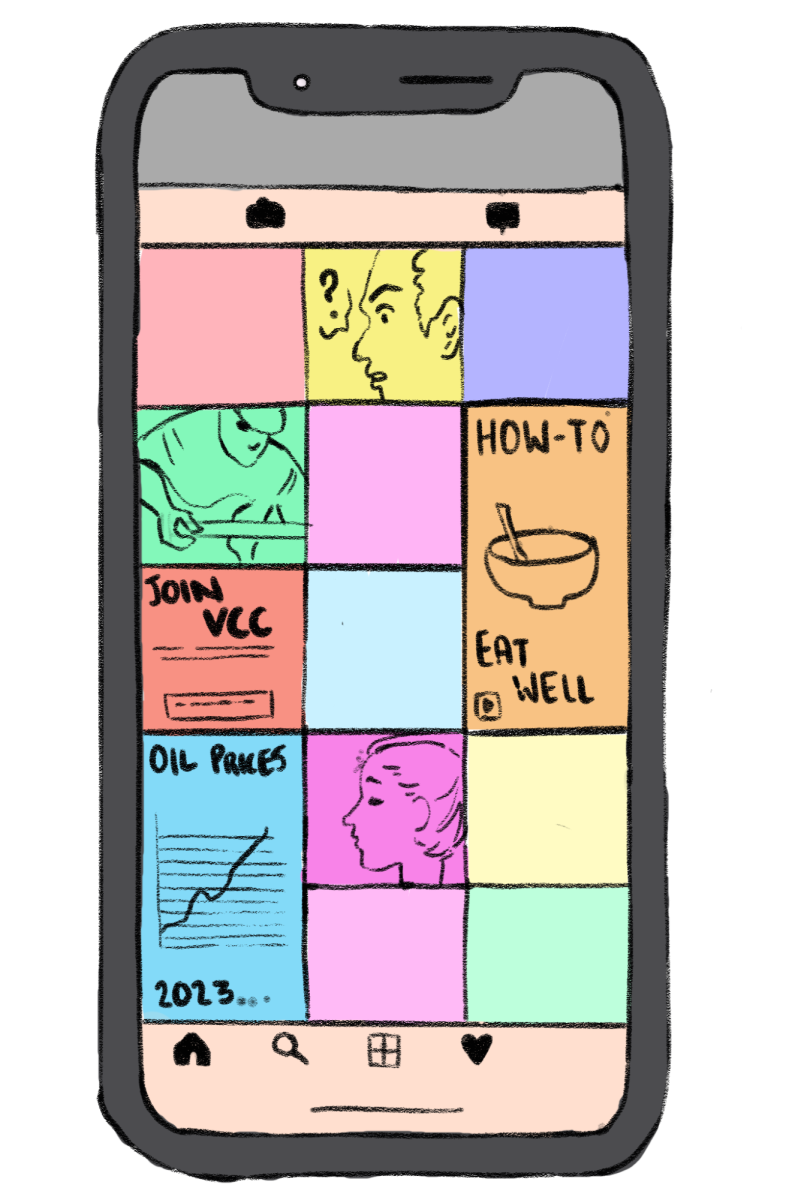When scrolling through countless Instagram stories, one might stumble upon a story addressing a violent occurrence rooted in hatred. Feelings of anger and disgust may surge through them. When tapped upon that story, it leads to a post extending on the horrific matter. One might repost it on their own story because of how alarming the issue is and that they want to “care.”
Twenty-four hours later, the story disappears. Soon after, the post fades away. Those feelings of outrage gone from existence.
A week later, another post focusing on a new hatred-filled violent occurrence reposts on an individual’s story. The same feelings repeated and faded away once more. This cycle continues and continues until what happens?
Nothing.
These posts exist not as an invitation to establish change, but as an invitation to spew flurries of opinions on societal ideals and desensitize us to the heartless actions of violent figures. We restrict our views by deeming these inhumane acts as worthy of nothing but a mere repost.
There’s no doubt about it; social media propels much of modern activism through expediting and promoting huge movements from #BLM to #LoveWins. People retain the power to raise awareness of serious issues from just a few buttons. Yet simultaneously, posting on social media has become so performative rather than intentional to the point where it is ineffective. A term for this, slacktivism, involves supporting causes with minimal effort and/or commitment.
Without the correct intentionality, social media activism can easily run rampant. Sometimes, people with well intent may end up blindly trusting Instagram infographics that spew misinformation. On the other hand, a repost exists as a way for a person to show that they’re an “activist” to whomever.
In most cases, it’s both.
George Floyd’s murder video arising led to a resurgence of the Black Lives Matter movement; numerous individuals began to speak up against the injustices present in our justice system. The movement exploded on the Internet, eventually leading up to “Blackout Tuesday,” a day where people posted a black square and hashtagged “Black Lives Matter” to display their allegiance. However, actual posts that highlighted the issues and delineated on how to make an impact were rendered useless since these black square posts concealed them.
With the rise of civic engagement in the youth, it’s exciting to see new initiatives blossom. At Cherry Hill High School East, passionate students utilize their platforms to spread awareness of certain injustices or issues present in society.
“Social media activism definitely works because we’re in an era where the distribution of information is our superpower,” said an anonymous student.
While these platforms can be beneficial, it’s important to understand that social media activism must be done with the correct intentionality. The idea of one or two students raising awareness through a post leads to futility. But, if hundreds of high school students can support this post, subsequently, change can prosper.
Social media unites large masses to express their support and raise awareness. It lends a voice to underrepresented people and facilitates accountability on powerful individuals. However as time passes on, we move inevitably from one discourse to another. We leave an issue in the past and achieve nothing. Our anger stays on an endless train ride, stopping at one station of inhumanity to another.
Focusing on one issue and exploring it further exists as the beginning. From there, change can be made by supporting and working with like-minded individuals. This includes writing letters and making phone calls to politicians, establishing fundraisers to support causes, and immersing yourself in the experiences of those who face the unfortunate. A repost is not necessarily harmful, but it is nowhere near enough. These steps require commitment, time, and effort. While it may be difficult, each step causes a ripple of more and more. Eventually reaching past the point of change.


